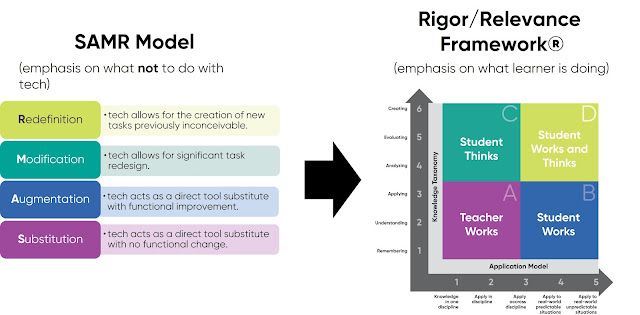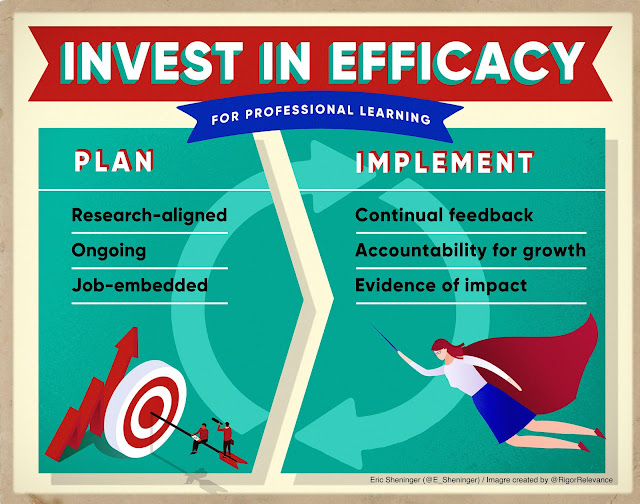Being a leader is not a solo endeavor but a collective effort that involves everyone in the organization, school, or district. While a leader may occasionally have to make critical decisions that require going against consensus, such instances are rare and insignificant in the larger scheme of things. To succeed, it is crucial to foster a culture of open-mindedness where people are motivated to change on their own accord rather than being coerced into it. This entails a two-way relationship where effective leaders rely on the knowledge and expertise of all members, regardless of their hierarchical position.
The most successful leaders are those who surround themselves with self-motivated individuals who not only perform exceptionally well but also challenge the leader to grow and learn constantly. A crucial decision that leaders make is choosing the right people for the job and empowering them to take on leadership roles, even without a specific title. It is essential to recognize that the best ideas and solutions may not always come from the leader but from the team. Therefore, authentic leadership requires humility and a willingness to put aside one's ego for the organization's greater good. The bottom line here is that influential leaders hire people smarter than them with unique talents and then stay out of their way.
It is essential to surround oneself with individuals who will help you create a thriving learning culture for all students. For innovative change to occur, it requires relinquishing some control and placing trust in others. Great leaders recognize the importance of stepping aside and allowing empowered individuals to utilize their respective expertise. As a former principal, I made a conscious effort to embody this principle. When I needed to fill a math position, I hired someone who shared my vision for blended learning. She was then empowered to find the best way to implement her chosen strategies. The end result was the effective implementation and modeling of flipped learning in a pedagogically-sound way that demonstrated to me as a leader that I needed to support the rest of the math department in this area.
Another excellent example was hiring a new librarian. I needed an innovative leader who could quickly transform the space. The new hire had complete control over her budget and the autonomy to make any decision that would benefit our learners. While her successful launch of a makerspace was noteworthy, her real impact resided in empowering learners, regardless of their labels or perceived abilities, to find success in ways they had never before experienced. Her actions and determination transformed not only the space but also the entire learning culture of the school and district. She created a micro-credential platform well before any companies began to monetize them, pushing our teachers to learn in different ways, regardless of time or place.
Receiving feedback can manifest in various ways. These two hires were just two of the numerous educators I employed as a principal, and their actions indirectly told me what I should do to support them better. Additionally, many other teacher leaders and members of my administrative team, who were not only intellectually brilliant but also leveraged their professional relationships with me to guide me in the right direction, were also instrumental in my growth. Depending on others for counsel and insight is not an indication of feebleness; instead, it is a clear indication of strength. Competent leadership necessitates astute decision-making. Simplify things for yourself. Recruit or encircle yourself with gifted individuals, step aside, and do not be apprehensive about letting them "guide" you. If you want to succeed as a leader, commit to surrounding yourself with people who will positively push you.
When it comes to leadership and people:
- Hire or surround yourself with intelligent people.
- Listen to them
- Get out of their way
- Leverage their expertise
Enough said.







